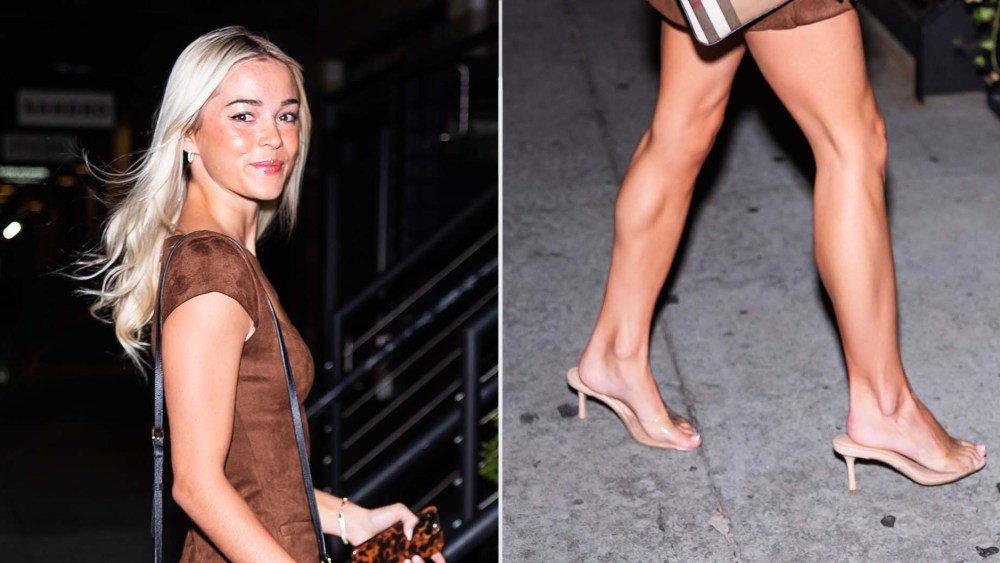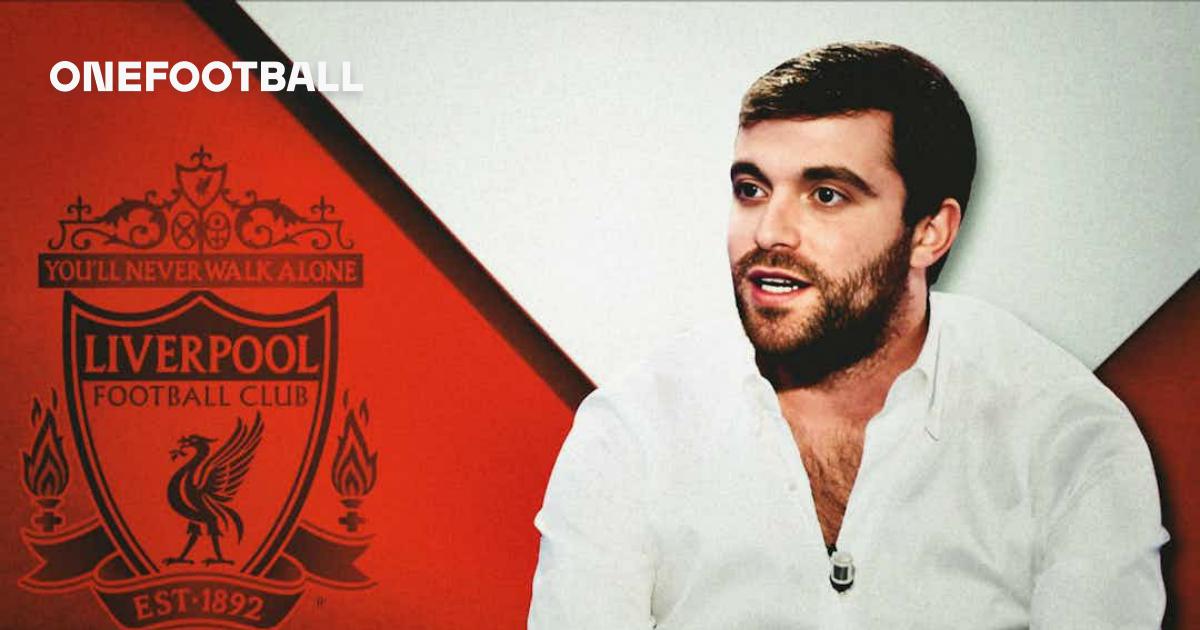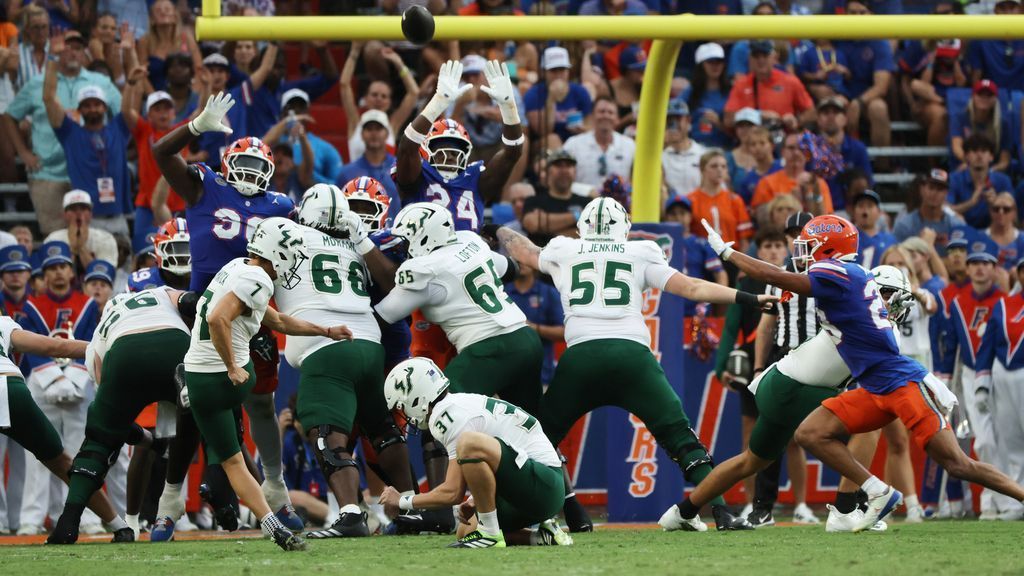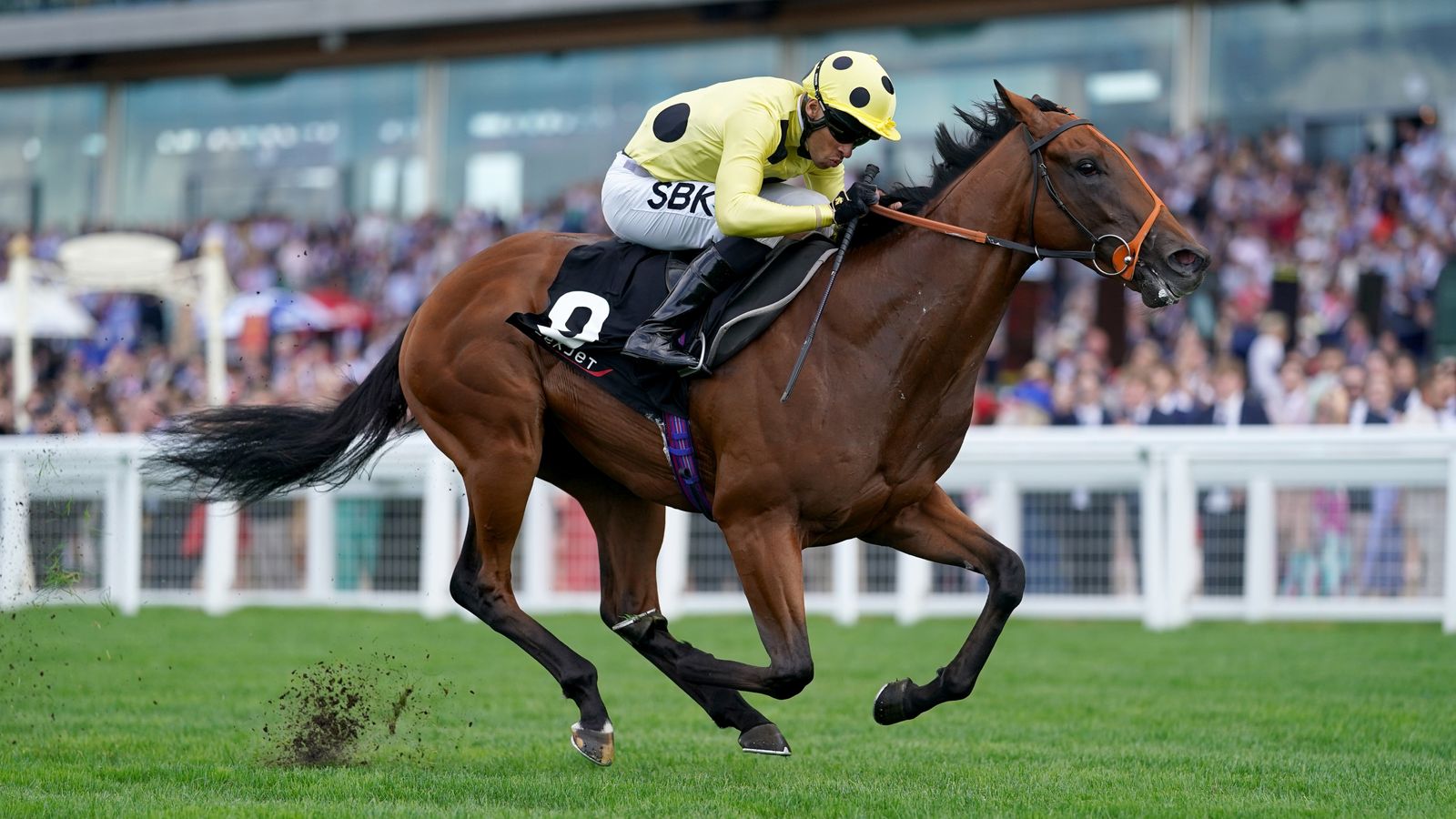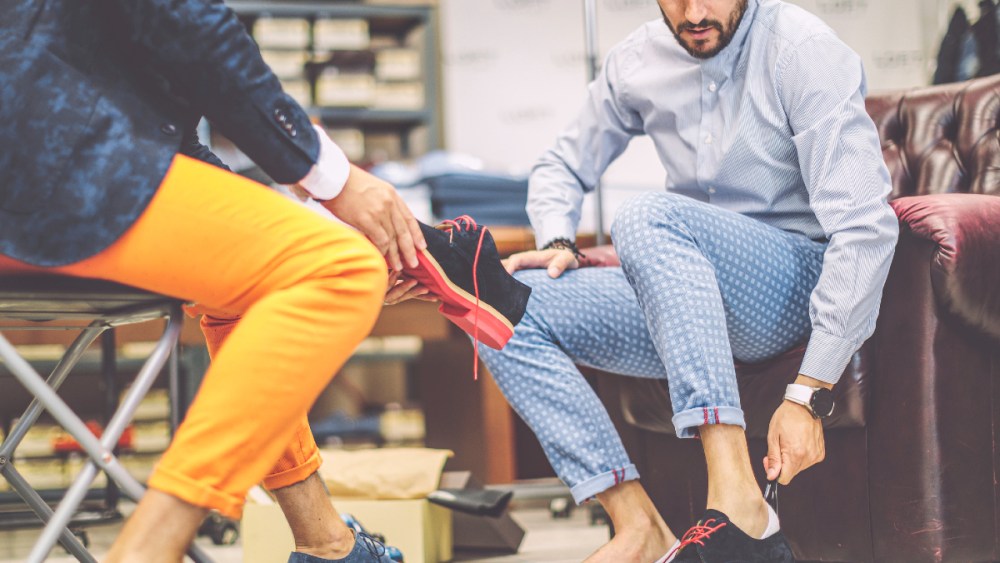
Price increases are on the way.
Expectations concerning higher costs form the tariff impact on many consumer discretionary items including apparel and shoes haven’t yet gained substantial traction on the sales floor.
That not surprising, according to an Goldman Sachs report from July 8 headed by Jan Hatzius, chief economist and head of global investment research. He said the largest tariff hikes went into effect in early April and goods already shipped were exempt. Moreover, the “front-loading of imports and uncertainty over whether tariffs would stick may have also helped to delay increases in consumer prices,” the report said.
A separate Goldman report from July 11 led by economist Joseph Briggs said that tariff passthroughs to consumer prices so far seem more limited than in the 2018-2019 trade war when Trump was first in office. He noted that it might be too early to assess the full, adding that tariff payments can be delayed for up to 1.5 months and that any front-loading of imports likely delayed price increases.
For now, consumers are still spending at retail.
The U.S. Census Bureau on Thursday said retail sales for June rose 0.6 percent to $720.1 billion from May’s revised $715.5 billion, which reflects a 0.9 percent dip. Total retail sales for April 2025 through June 2025 were up 4.1 percent versus the same year-ago period.
U.S. President Donald Trump’s broad global reciprocal tariff plan was disclosed on April 2. Data points from the report showed that apparel and accessories stores rose 0.9 percent in June to $26.34 billion, on an adjusted basis, which reflects season variation and holidays but not price changes. Sales at shoe stores were not available for June, but data indicates that sales rose 1.5 percent to $3.21 billion in May from $3.16 billion in April, on an adjusted basis.
“June consumer spending was solid, with retail sales ex auto and gas up 4.1 percent relative to last year, similar to the recent trend,” noted David Silverman, senior director at Fitch Ratings. “Fitch continues to expect a sales moderation as the year progresses given the impact of somewhat moderating consumer health and reaction to the evolving tariff policy, despite the continued strength in recent months.”
As for back-to-school product and promotions, Silverman noted: “As expected, many of the largest retailers are targeting limited price inflation, as they manage their supply chain to offset the impact of tariffs and potentially absorb some of the increase to maintain pricing positions. Smaller retailers will be less able to mitigate and absorb tariffs, which could cause a widening price discrepancy over time.”
Which Shoes Are More Expensive?
A report from Telsey Advisory Group (TAG) tracked the prices of a cross section of apparel, shoes and home products since April, when reciprocal tariffs were first announced by Trump. In the July 8 report, a Sam Edelman Felicia ballet flat priced at $100 remained at the same price without change since April. That was also true of a Steve Madden Klayton Bootie, priced at $119.95, as well as a Vans Old Skool Shoe at $70. An Ugg Tazz II shoe saw a $5 increase, or 3.6 percent increase, to $145 from week ago prices, while a Hoka Bondi 9 sneaker also rose $5, or 2.9 percent, to $175.
In other sneaker news, there was no price change for Adidas Samba OG, which has been $100 since April. There were week-over-week price changes for two On shoes. The Cloud 6 rose $10, or 6.7 percent, to $160, and the Cloudtilt was up $10, or 6.3 percent, to $170. The Nike Vomero 18 didn’t see a week-over-week increase, but did have a price increase of $5, or 3.3 percent, to $155 at some point since April. That increase likely occurred on June 1, when Nike began raising prices on select items. Also holding steady since April was an Asics Gel-1130, priced at $100 at Foot Locker, as well as a New Balance 1960 sneaker at $150, also sold at Foot Locker.
Those shoe increases appear minimal, when compared to some apparel spikes.
Among the week-over-week price increases, a Victoria’s Secret Pink fleece campus sweatpant rose $24.95, or 71.3 percent, to $59.95, while a Victoria’s Secret Bombshell push-up bra was up $19.95, or 66.5 percent, to $49.95 and a Tommy Hilfiger men’s regular fit stretch polo shirt saw a $5.26 increase, or 19.5 percent, to $32.25. The TAG check also noted that the Tommy Hilfiger polo shirt saw an earlier price increase sometime between April and July 8 of $2.26, or 7.5 percent.
In addition, the $2,130.00 Louis Vuitton Neverfull MM bag didn’t see a week-over-week price change in the July 8 report, but the price was raised by $100, or 4.9 percent, at some point between April and July 8. That was also true for a girls’ Cat & Jack legging from Target, which didn’t see a week-over-week change, but did see a price uptick of $1.50, or 33.3 percent, to $6 over the same four-month period.
And while some apparel items saw a price change — such as an Adidas Firebird Loose track pant, down $15 week-over-week, or 20 percent, to $60, and a Calvin Klein men’s cotton stretch 3-pack briefs, down $9.50, or 20 percent, to $38 at some point since TAG began keeping an eye on pricing in April — that wasn’t true of any of the footwear products on the research firm’s tracking list.
The Road Ahead
Price points thus far are likely to shift upwards going forward. And once that occurs on a broad range of everyday goods, that’s when consumer fatigue is expected to set in, according to consumer experts from financial advisory firm EY.
“While the June retail sales data is encouraging and points to modest upside risk to our consumer spending growth estimate of 1.5 percent annualized in Q2, consumers have yet to experience the full impact of price increases,” said EY-Parthenon senior economist Lydia Boussour. She expects that continued tariff and policy volatility, coupled with a slowing labor market and rising inflation, will result in the easing of consumers’ personal consumption expenditures from “2.8 percent in 2024 to 1.9 percent in 2025, and 1.4 percent in 2026.”
“June’s numbers show how consumers are prioritizing online retailers and apparel, but the remainder of the summer and back-to-school season could prove more fragile than expected,” EY Americas retail sector leader Mark Chambers said. “Retailers are weathering the storm when it comes to inventory management and supply chain flexibility with tariffs, but the latest numbers indicate they are so far managing price expectations and still delivering what consumers are looking for.”
Crocs CEO Andrew Rees in May told investors at the firm’s first quarter earnings conference call that the company expects the shoe “industry to go up in terms of price” due to added costs, whether from tariffs or other factors. He also noted that the company has been “super strategic” on pricing, with some “very targeted price increases” to mitigate selective issues. But Rees also said that Crocs was in a “wait-and-see mode,” waiting to see what happens with tariff rates, among other factors, to determine how to manage future pricing.
And Steven Madden Ltd. CEO Edward Rosenfeld said in his first quarter earnings conference call that the shoe firm has been “moving swiftly to adapt to the changing landscape,” including a focus on mitigating near-term impacts of tariff. Tools at its disposal included a shift in where some shoes are produced, as well as “selectively” raising prices to both consumers and wholesale customers for fall items.
#Shoe #Price #Increases #Minimal


